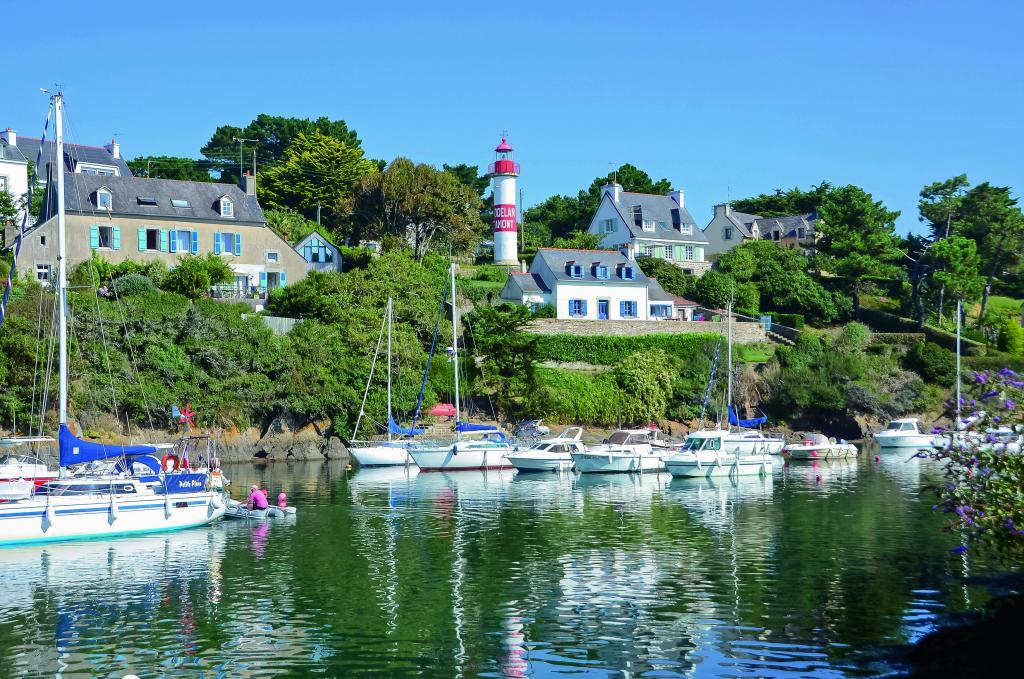
Discover Clohars-Carnoët
For your vacation needs or relaxation, South Finistère and camping Le Quinquis in Clohars-Carnoët is the destination of choice. Indeed, it is rich not only in attractions, but also in natural and historical heritage. There’s plenty to discover and do. What does Clohars-Carnoët have in store for you? It’s time to find out more.
Introducing Clohars Carnoët
Clohars-Carnoët is a destination in the heart of a privileged geographical location near Le Pouldu. Clohars-Carnoët is a small French commune in Brittany’s South Finistère department, on the Atlantic coast at the department’s southeastern tip. It is linked to the département by the Pont Saint Maurice (the road from Clohars-Carnoët to Guidel) and the intermittent passage of boats (crosswalks only) between the port of Pouldu and Guidel-Plages. Carnoët National Forest is a beech and oak forest.
Thanks to the seaside resort of Pouldu, tourism plays an important role in the local economy. The decree of January 10, 2020 classifies this city as one of the country’s tourist attractions. The inhabitants of this town are called Cloharsiens.
During your stay in South Finistère, let yourself be seduced by the family campsite in Clohars-Carnoët, Le Quinquis. Close to the Laïta river, the animal park and the pretty ports of Le Pouldu and Doëlan, you’ll have easy access to the tourist highlights of Gauguin’s hometown. With its beautiful landscapes and rich cultural heritage, you’re sure to enjoy discovering this magnificent region of southern Brittany.
Clohars-Carnoët is the nearest town to the campsite. You’ll find stores, banks, a post office and the Carrefour Contact supermarket, where you can do most of your shopping. The market takes place on Saturday mornings in the stylish new Place de la Mairie.

The natural and historical riches of Clohars-Canoët
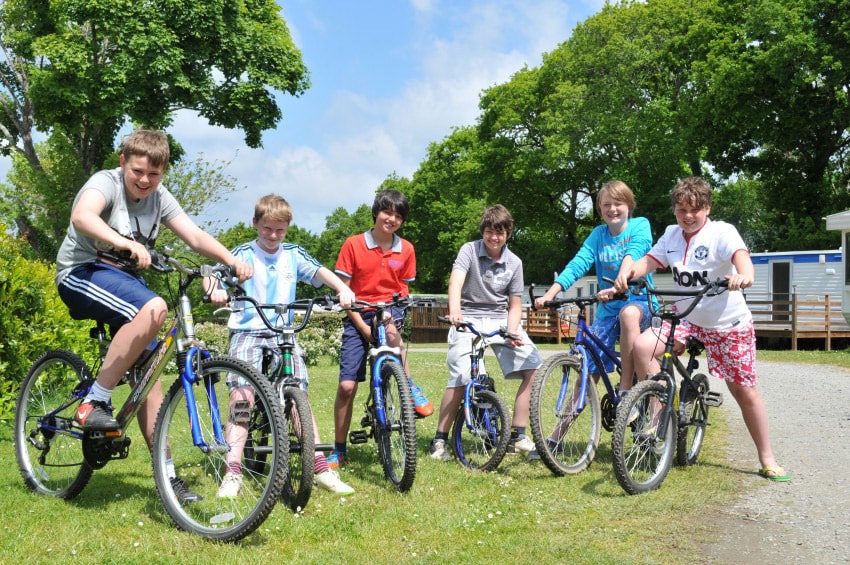
After arriving in Clohars-Carnoët, the first thing to do is visit the town’s tourist office. You’ll find plenty of information on all the interesting activities you can enjoy. These include schedules for excursions, trekking, bicycles, tourist buses, small trains, sporting events (adults and children), cultural events and water sports. You’ll also find information on museums, events, exhibitions, city maps, bike path maps, event calendars, hotels and more.
The natural wealth of Clohars-Carnoët
Le Pouldu is one of Brittany’s most attractive coastal resorts, a first-rate destination with early 20th-century bourgeois charm and a charming, family-friendly atmosphere. Bellangonet, Kailu and Big Sable are the region’s most beautiful beaches. The paths along the cliffs overlooking the beach and coves are protected from the wind. These trails will take you from Port Doëlan towards Moëlan-sur-Mer in western Finistère.
The waters of the river Laïta flow into the sea through a beautiful estuary. They form a natural boundary between South Finistère and Morbihan. From the customs road leading to the traffic lights, the panorama is magnificent. It’s in this charming environment that the small port of Pouldu is sheltered.
Close to Clohars-Carnoët, the port of Doëlan is undoubtedly one of Brittany’s small port treasures. Coastal populations mainly engage in daily fishing activities. Depending on the season, these populations may catch shrimp, crab, lobster, sardines, sea bass or mackerel.
You can also see the foreman “Le Rigolo” at the quay, a faithful copy of a ship fitted out for sardine fishing in 1922. As for the Anse de Saint Germain, it stands out in the middle of the pine forest and naturally spans the bridge over the Laïta.
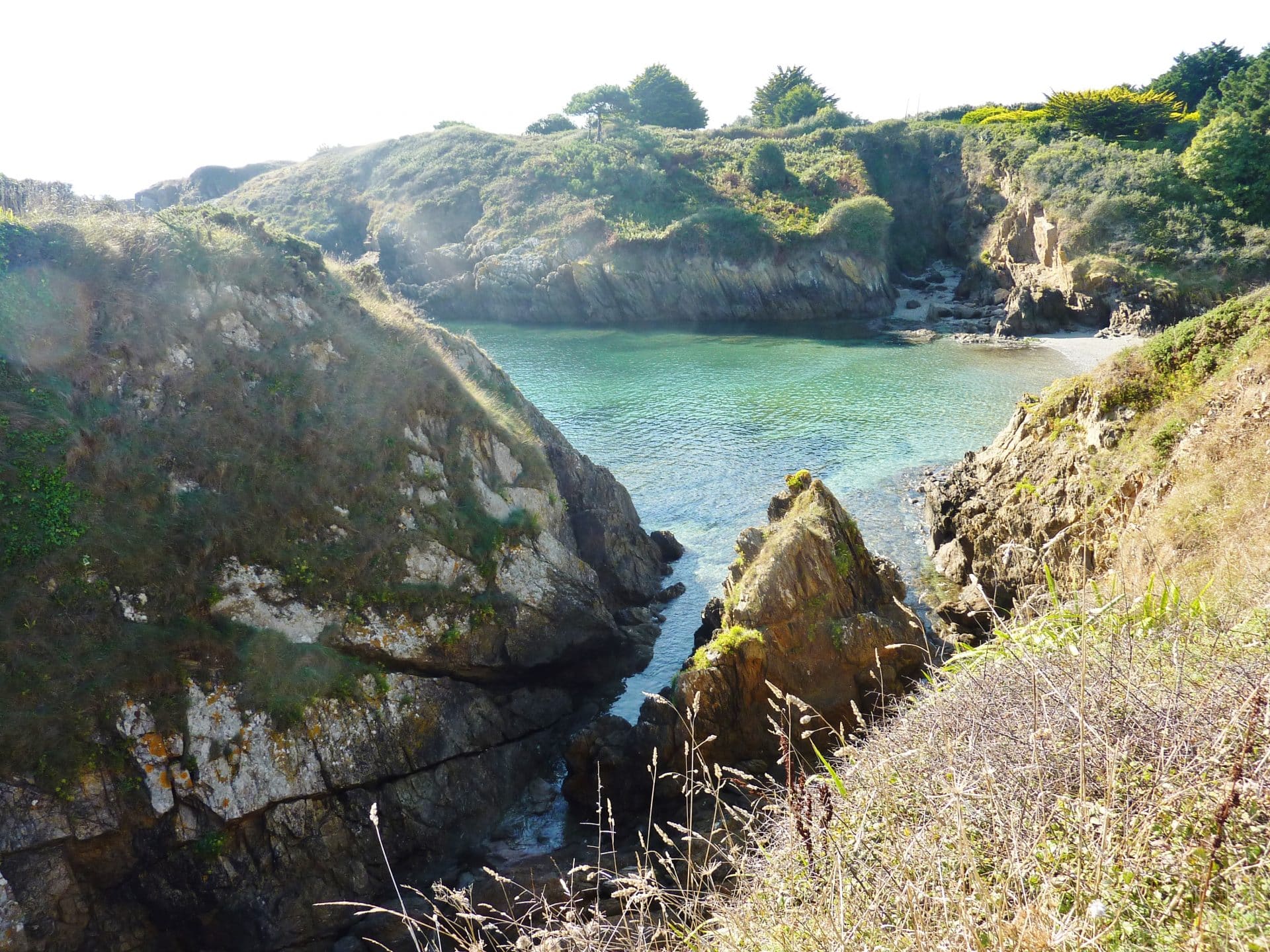
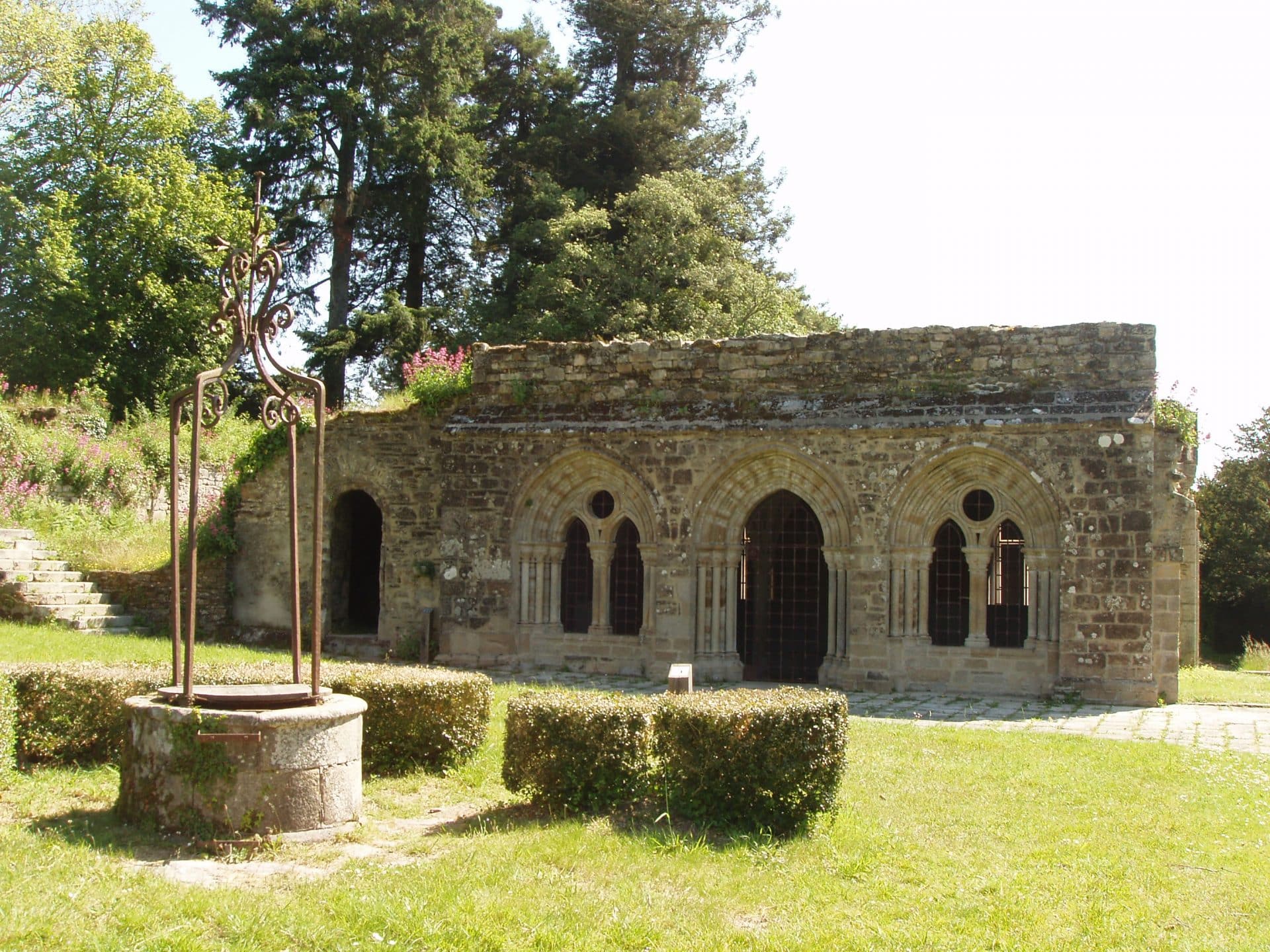
The rich history of Clohars-Carnoët
The ruins of the Cistercian monastery of Saint Maurice stand on the right bank of the Laïta in the Carnoët forest. Governed by Abbot Maurice Duault of Langonnet Abbey, this monastery was founded in 1177 on land donated by Duke Conan IV of Brittany. You can also visit the nature reserve’s parks and exhibitions and discover historic buildings on a free or guided tour. The oldest of these buildings dates from the 13th century. With the help of the permanent exhibition, discover the life of Cistercian monks in the Middle Ages and explore the silhouette of the century-old American redwood.
Notre-Dame de Trovor church is located on the town square. The church was built in the 16th century on a Latin cross plan. Only the nave arcade, modified in the 19th century, retains its original architecture. The church tower was built in 1794. The building is in the classical religious style of the 19th century. The slate roof is pitched and the staircase is spiral. Parish architect Joseph Pogot destroyed most of the 16th-century buildings, fundamentally altering the original layout. It was rebuilt in the classical religious style of the 19th century.
Main attractions in Clohars-Canoët
You’re sure to enjoy a visit to the Maison-Musée du Pouldu. Here you’ll find a reconstruction of the Buvette de la Plage. Painter Gauguin and his friends added bright colors to walls, ceilings and windows. It’s also the starting point of the artist’s career, and makes a pleasant mark on this part of art history. Although the town center is inland, Clohars-Carnoët is famous for its two small harbors. First of all, Le Pouldu is located on the Laïta estuary, surrounded by small sandy beaches. At the other end of town is the port of Doëlan, set in a small bay. It’s the ideal place for a stroll with family or friends during your stay at camping Le Quinquis.
On the other side of the Laïta river, take advantage of a getaway near the Guidel campsite to visit the Morbihan region and the Bay of Lorient.
And if you’re looking for a festival in South Finistère, Lorient’s Festival Interceltique de Lorient is the place to be. Every year, the Lorient region hosts dozens of festivals, making it Europe’s biggest festival for half a century.
The local culinary specialities will not leave your taste buds indifferent. Numerous restaurants are on hand to help you discover the commune’s gastronomic riches. The Carnoët forest and the Cistercian monastery of Saint Maurice will attract nature lovers and hiking enthusiasts alike. River cruises on the Laïta can also be combined with hiking itineraries. This latest experience will appeal to many.
The diversity of the landscape around Klohal is not the only rich area of Brittany. In summer, holidaymakers can enjoy a wide range of cultural events. It’s also the ideal time to relax in wonderful places like the Clohars Carnoët campsite. You can also take advantage of the bathing outings held every Sunday at Le Pouldu and the free shows.
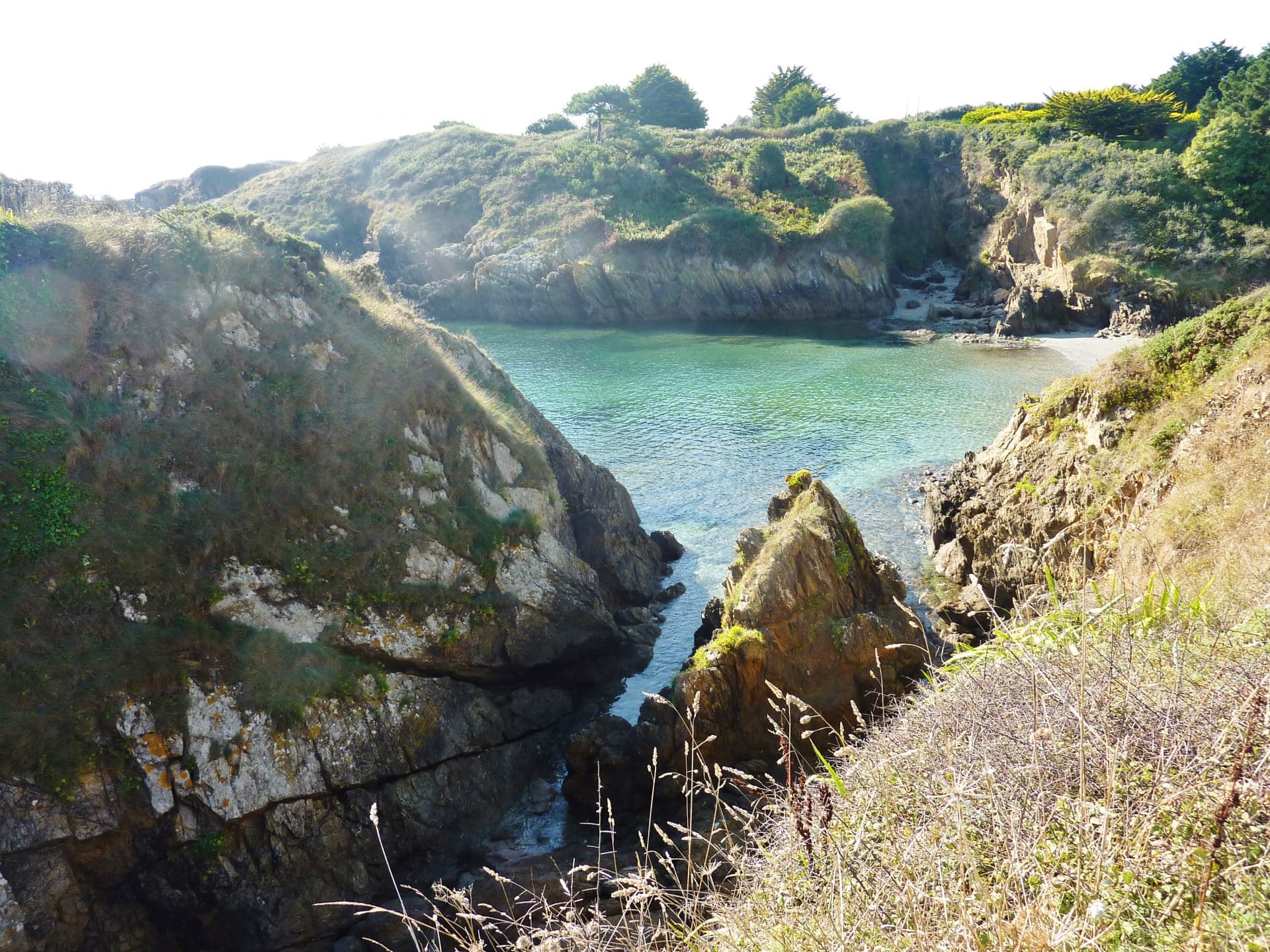
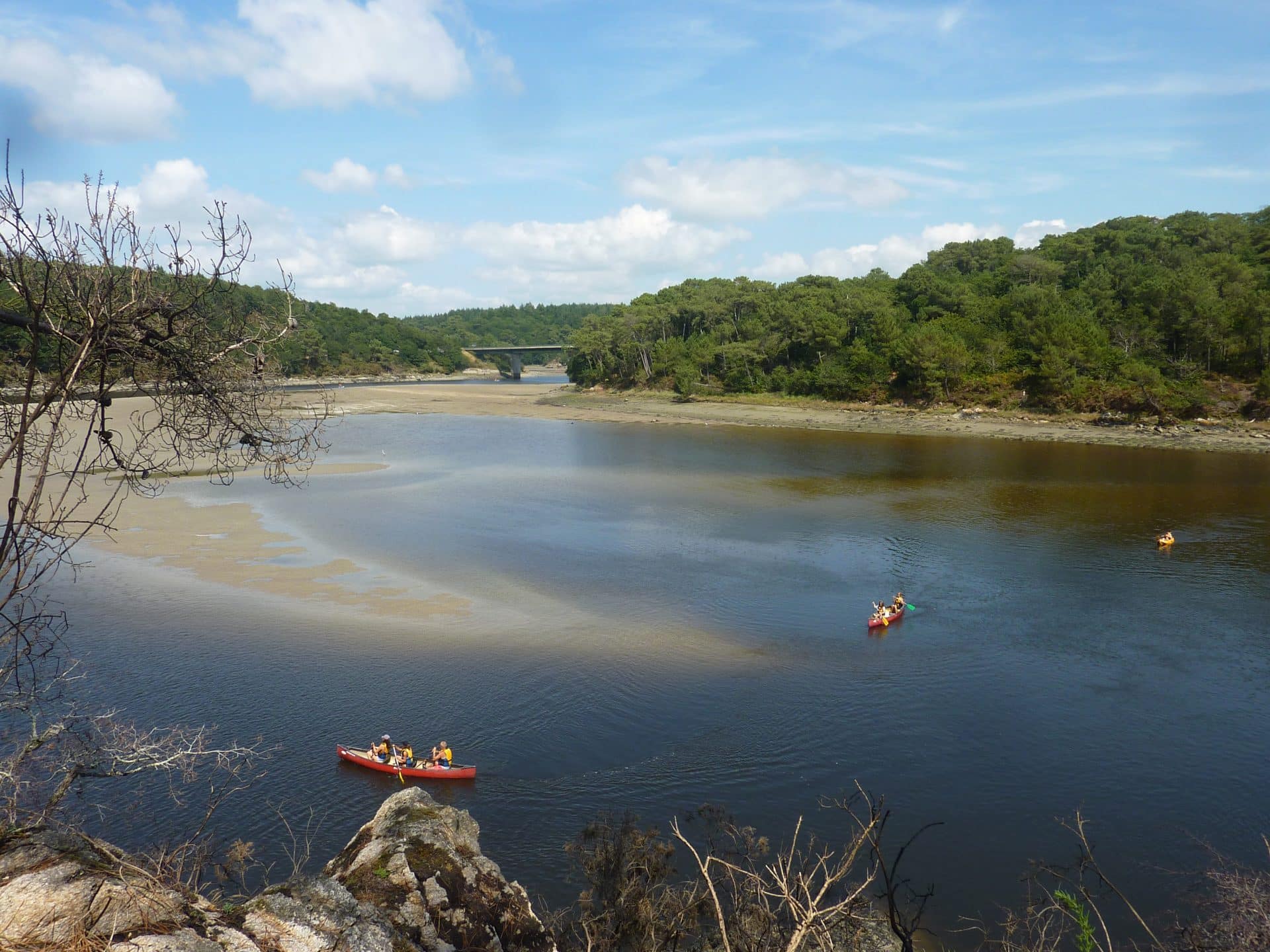
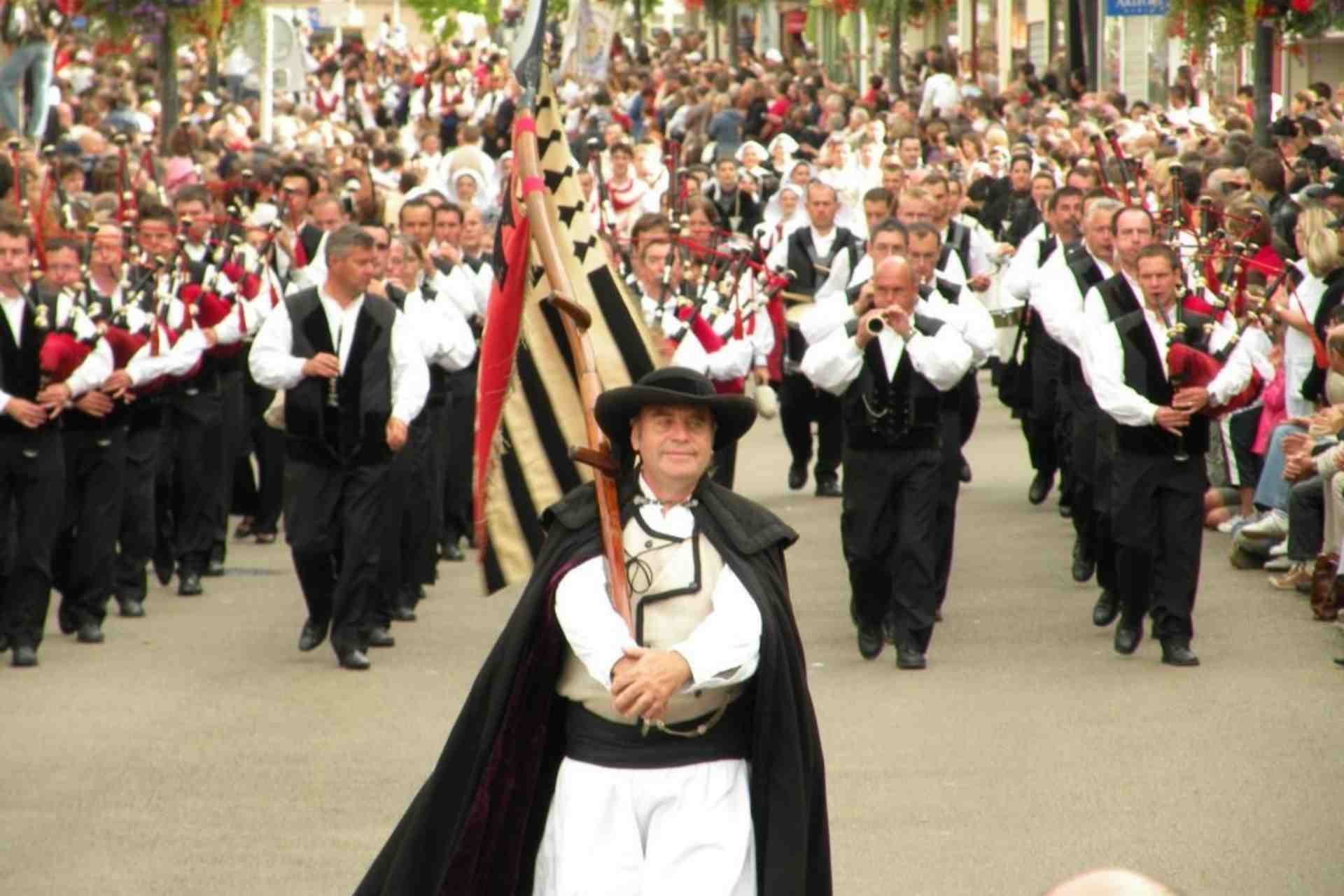
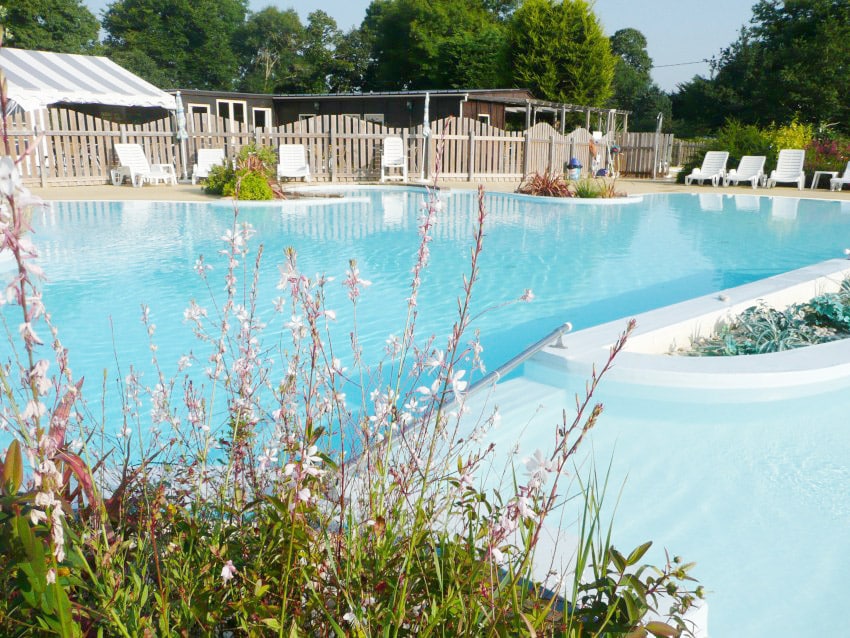
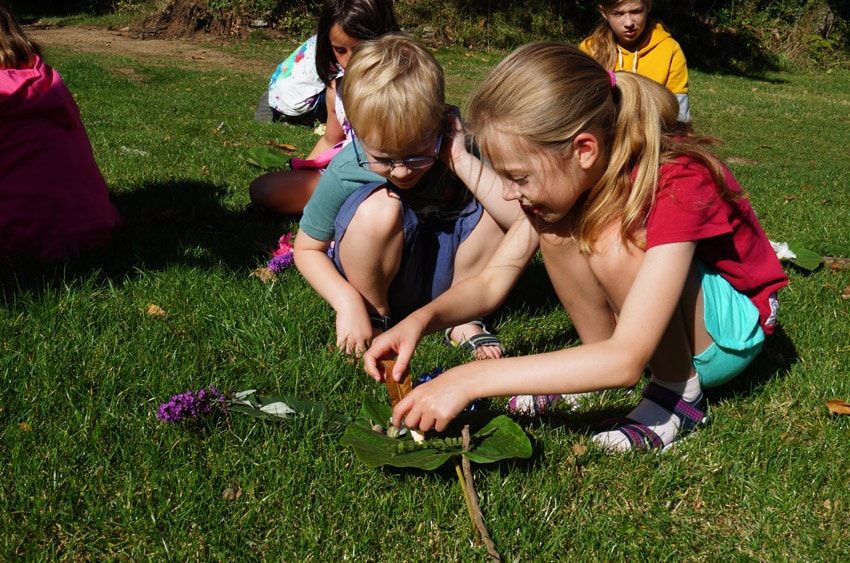
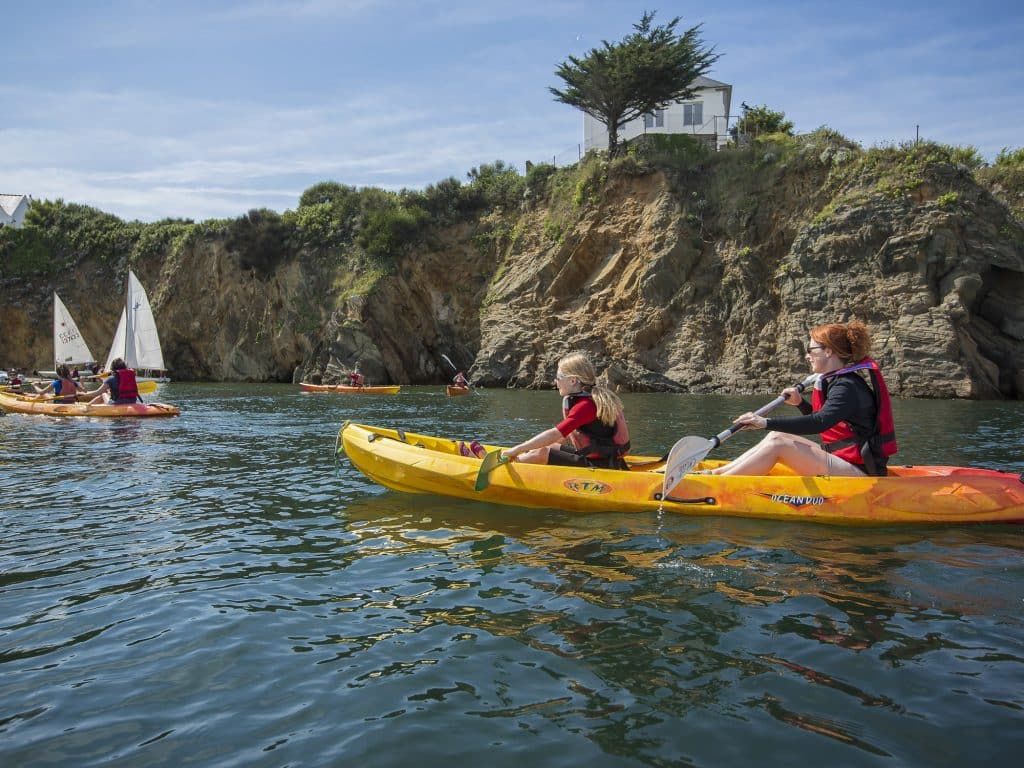
Camping in Clohars Carnoët
All in all, Clohars-Carnoët is a dream destination for relaxation and unique adventures. Unforgettable moments await you as you discover this destination. To make the most of this destination’s attractions, it’s essential to choose the best time of year to visit.
The Quinquis campsite welcomes you to combine scenic beauty with a relaxing stay. You’ll have access to activities and entertainment for all ages, as well as to the heated swimming pool at the campsite in Clohars Carnoet in South Finistère, so popular with holidaymakers.
